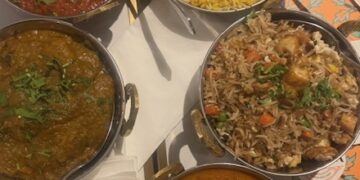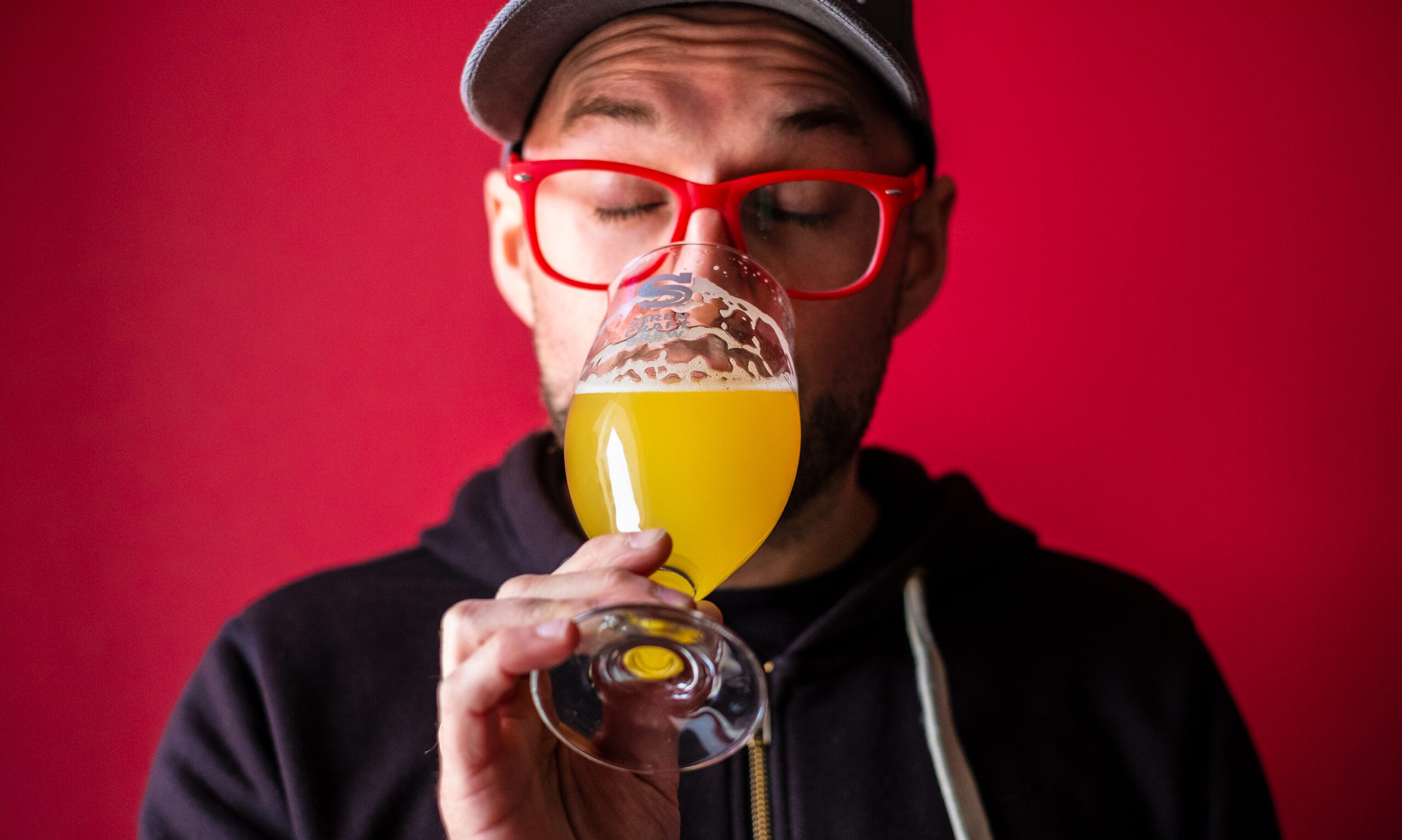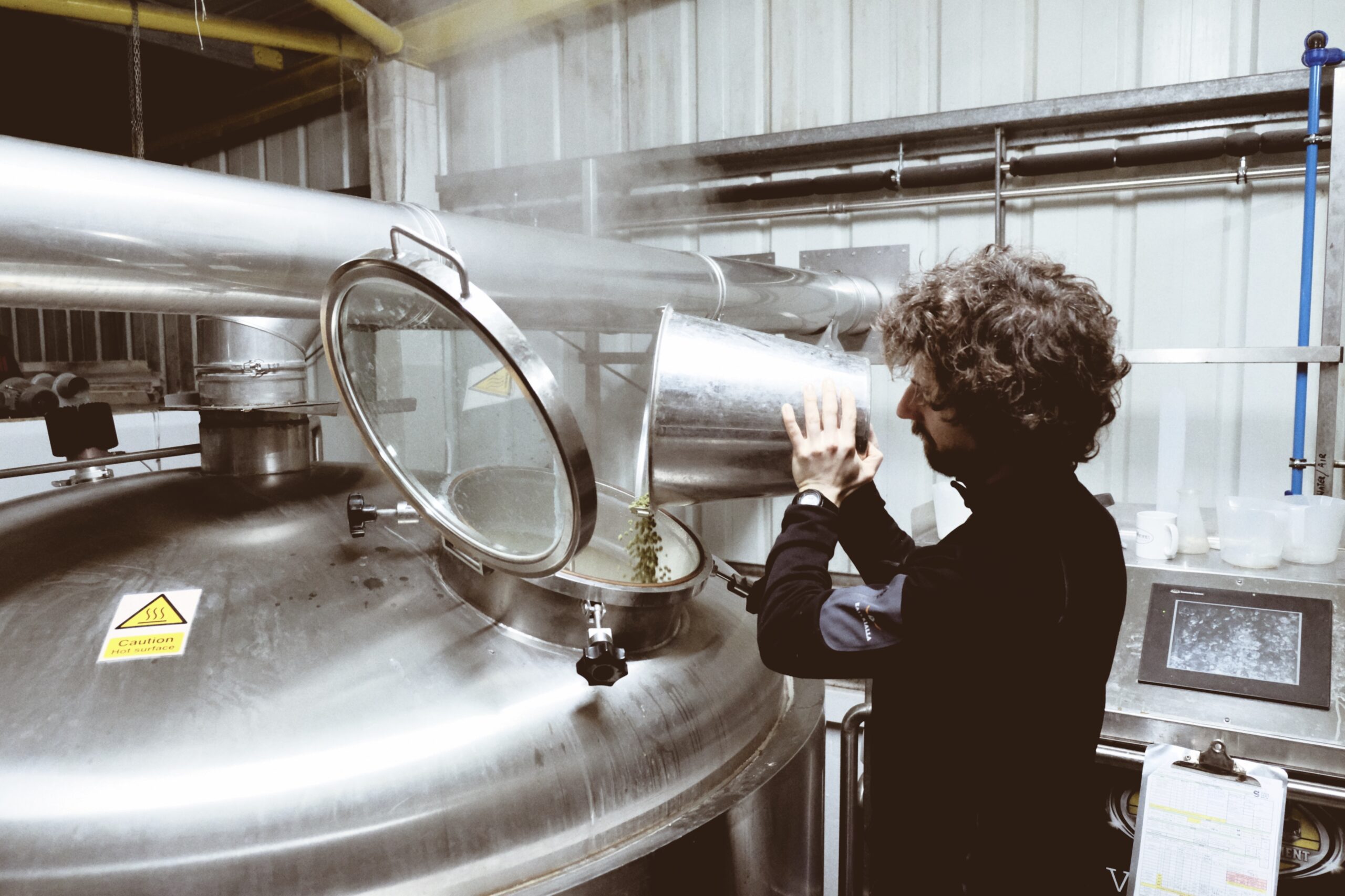India Pale Ale, or IPA as we all know and love it nowadays, is no doubt the darling of the craft beer industry. Whilst big imperial stouts, or barrel aged beauties might get the highest plaudits, IPA is the go-to. When it comes to good beer , we’re all on a journey of discovery. More often than not, an IPA is the network of planes, trains and automobiles that take us from one flavour destination to the next.
, we’re all on a journey of discovery. More often than not, an IPA is the network of planes, trains and automobiles that take us from one flavour destination to the next.
Nowadays, the IPA umbrella covers a wide, and incredibly varied range of beers – from East to West, Black to White and pretty much everything in between.
Historically, IPAs have largely been categorised by ABV. IPA has often classically been defined as a beer with an ABV of more than 5.5 – 6%. But nowadays, with modern trends (often lead by Marketing demands) an IPA can range anywhere from 0% (there are some fantastic alcohol free IPAs) to well into the double figures and beyond.
The History of IPA
There are many stories that do the rounds on the exact moment the IPA was invented, but in truth, it’s probably not possible to pin it on any one person, time or place. The concept, however, was that brewers would add more hops to a beer to counteract degradation for beers due to be distributed in India. These were known as beers prepared for the India (or export) Market.
These beers weren’t just Pale Ales – heavy hopping also occurred in Stouts and Porters for the same reason (Which is why we also have India Export Porters and the like nowadays). The style progressed over time and around 1835 is when we start to see the term India Pale Ale gaining provenance.
These beers and their flavour profiles, appearance and aroma associated with this period would still be a million miles away from the IPA we know and love today.
Nowadays, hops are used for bittering, flavouring and aroma. Modern brewers can use hops in myriad forms to create a host of flavours and experiences unimaginable to the beer drinkers of old.
This excerpt is from a much larger piece on what IPA is, the history of it and the development into the modern beer we know and love. To read the full piece, head to

















































